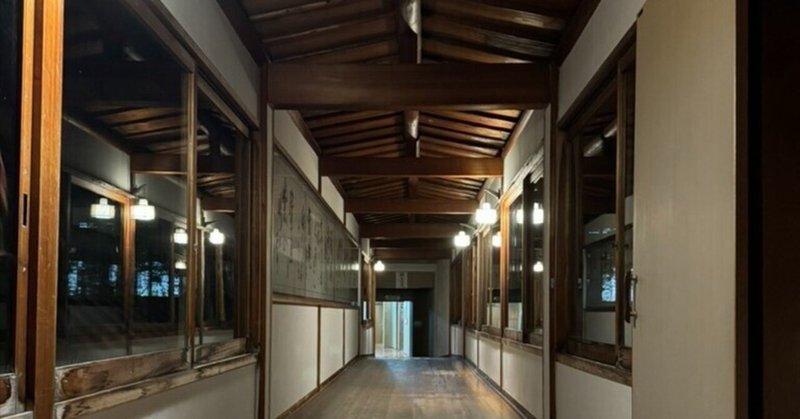
The Quality of Yoshino Forestry Born from Desiring What Isn't There
I've been into Japanese crafts recently.
Characteristics of Yoshino forestry that can be described as absolute are the 'absence of knots and the fineness of growth rings.' Perhaps it goes without saying, but literally, there are few knots, and the growth rings are densely displayed.
I believe that a considerable amount of workforce and quantitative costs are required to achieve these qualities. To reduce knots, one must diligently prune the growing branches, and the quantity is enormous. The reason lies in dense planting. To realize finer growth rings, trees are planted with narrow spacing between them. This prevents their growth, resulting in finer annual rings. While the usual density is said to be around 3,000 trees per hectare, Yoshino forestry is known to have 8,000 to 10,000 trees per hectare. That is a difference of nearly 2.5 to 3 times.
Did a Desire for What Was Lacking Shape Yoshino Forestry?
Why makes they incur such costs?
Let me tell you personal opinion.
In an era when industrial products were not as prevalent as they are now, there might have been a longing to produce uniform products. Therefore, they aimed for that level of quality. As a result, an industry with a history lasting 500 years was created.
In the end, I believe it was the desire for what was lacking that built up Yoshino forestry. It might be controversial, but the desire is quite strong. Wanting to become wealthy, wanting that face, wanting that style—the list goes on endlessly.
If we consider that the strong desire once flourished and enriched Yoshino, it seems that as long as the direction of desire is not misguided, it can transform into a compelling influence.
Bye!
この記事が気に入ったらサポートをしてみませんか?
